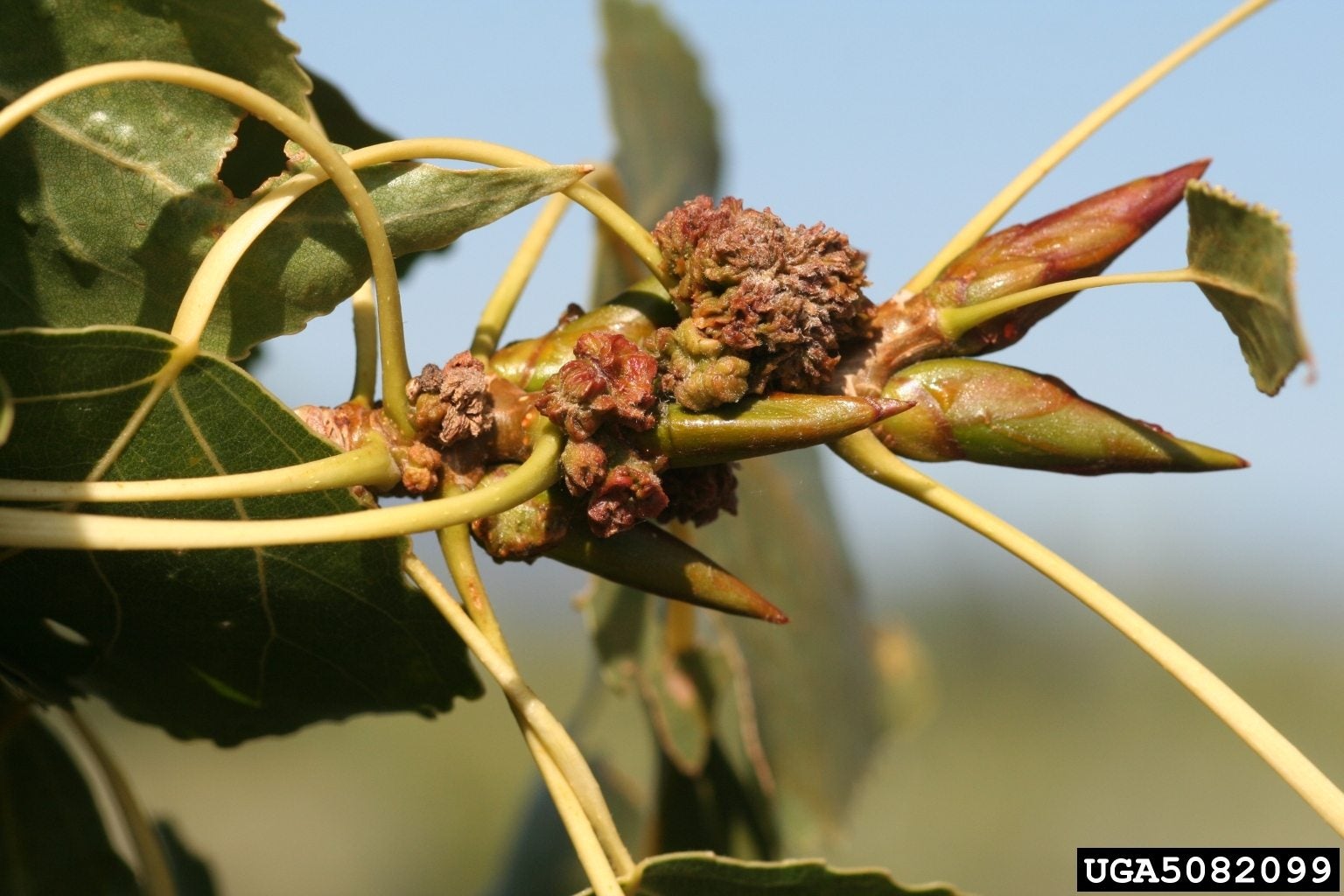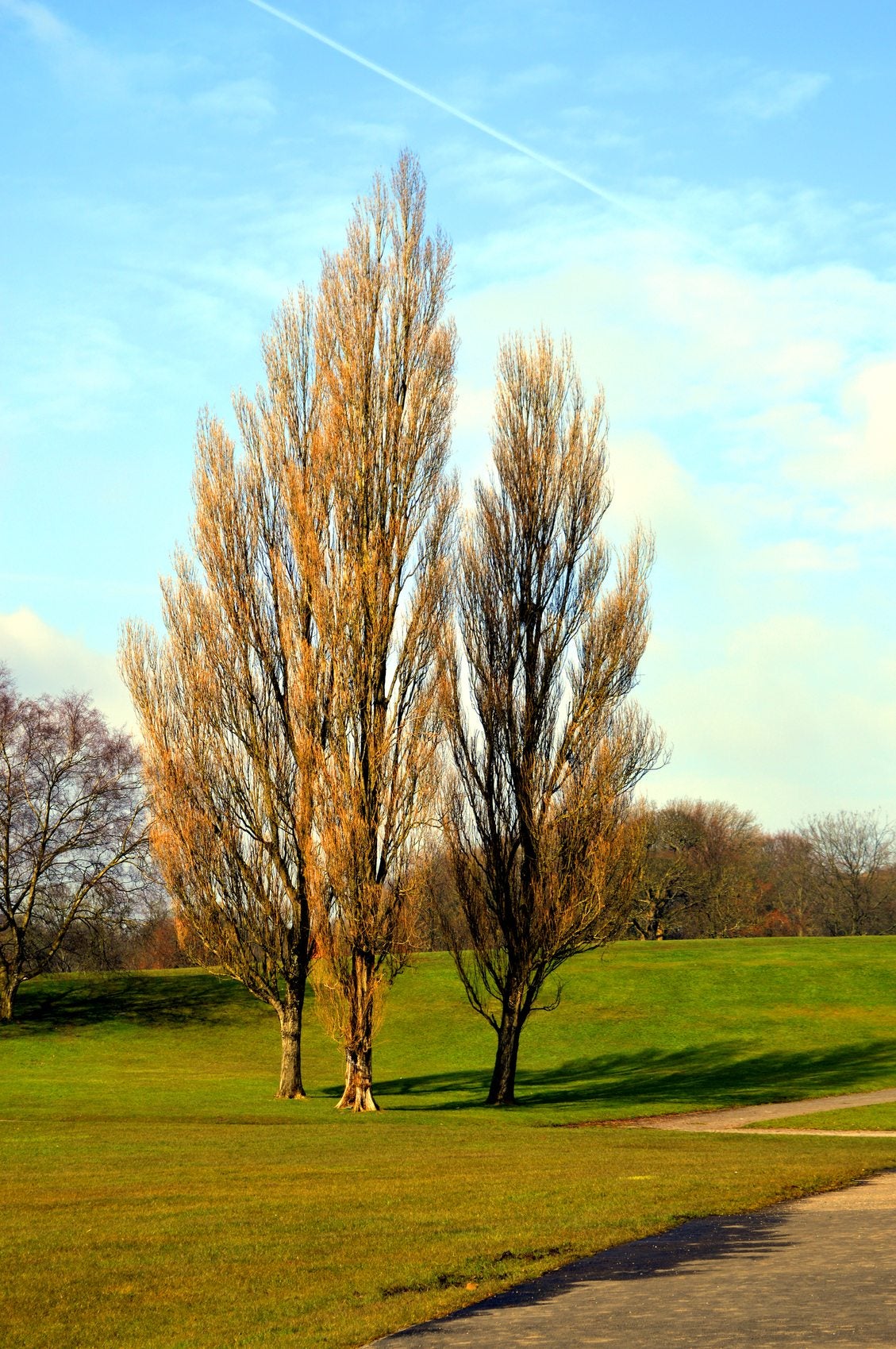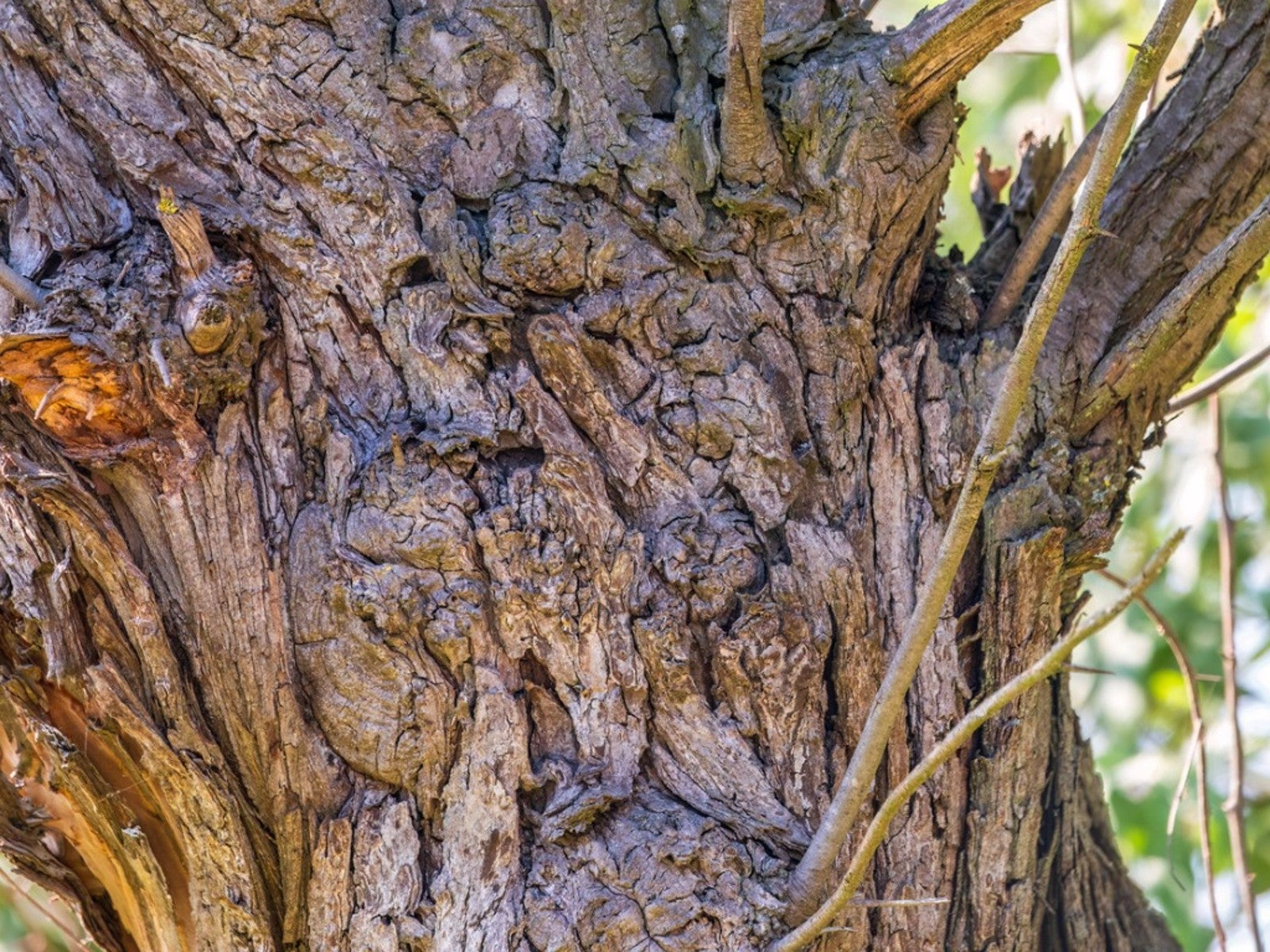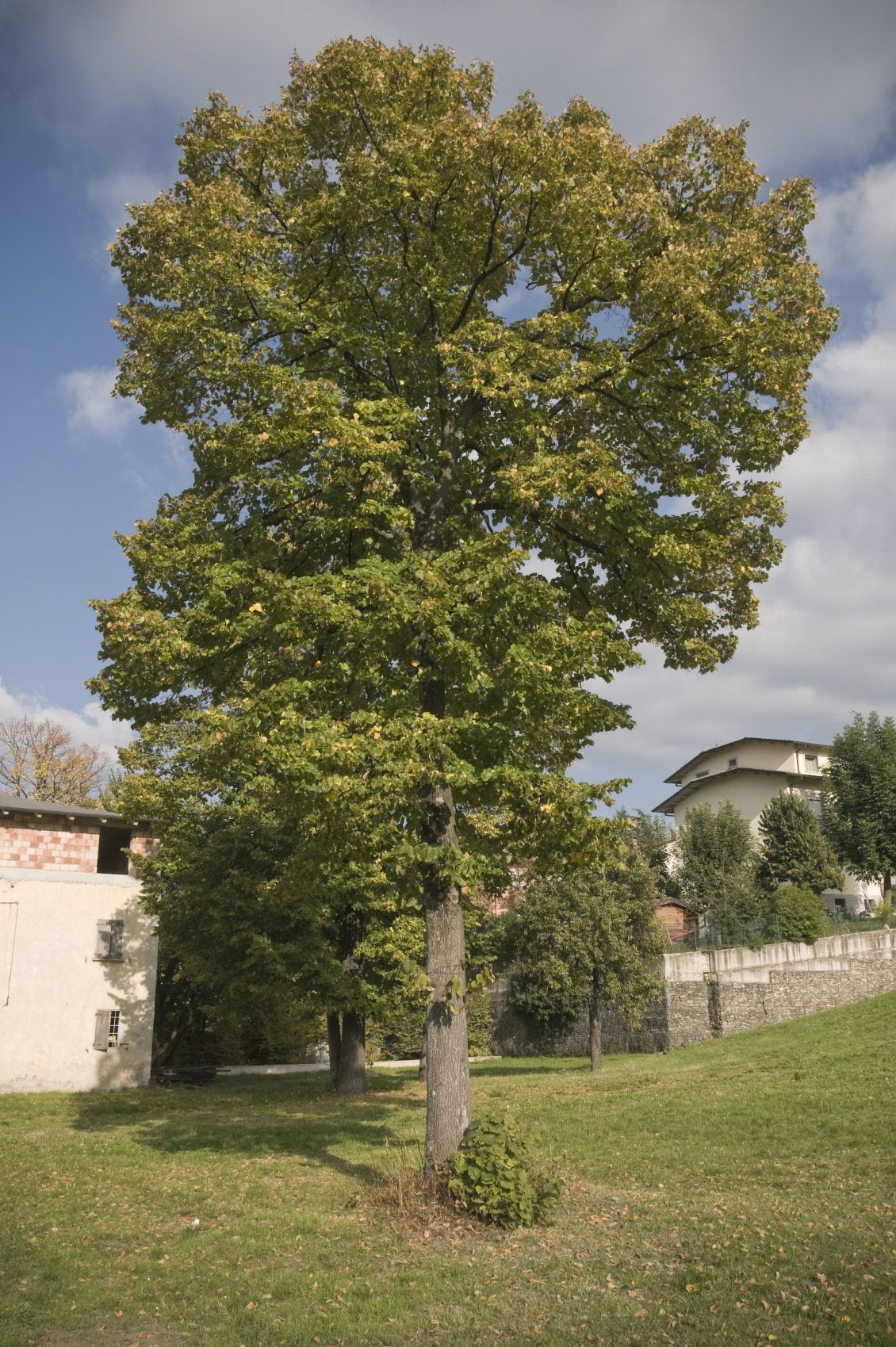Bud Gall Mite Insects On Poplar Trees – Tips On Poplar Bud Gall Mite Treatment


Poplar bud gall mite are tiny members of the eriophyid mite family, about .2 millimeters long. Microscopic though they are, the insects can do significant esthetic damage to trees like poplars, cottonwoods, and aspens. If you have these poplar tree pests, you’ll want to read up on procedures for getting rid of eriophyid mites on poplars.
Insects on Poplar Trees
If you see woody galls developing on the leaf buds of your poplars, you’re probably dealing with poplar tree pests called bud gall mites. Galls are cauliflower-textured growths you see developing in the branches of your trees. These mites stop leaf buds from growing the normal leaves and stems you might expect from a poplar tree. Instead, gall mites on poplar trees cause the buds to develop into woody galls, usually less than 2 inches (5 cm.) in diameter. The mites spend most of their lives inside the galls. Poplar bud gall mites spend the entire winter inside the galls and sometimes under bud scales as well. They become active in April and stay active until October. From May through August, mites move from the galls to leaf buds, where they form new galls. The gall mites on poplar trees can stay active for four seasons. Although the poplar tree pests do not have wings, they are small enough to drift on wind currents to nearby trees. Some also get a ride to other trees by clinging to birds or bigger insects.
Poplar Bud Gall Mite Treatment
Getting rid of eriophyid mites on poplar trees starts with using your garden pruner. Wait until early spring when the trees and galls are dormant. The easiest way of getting rid of eriophyid mites on poplar trees is to remove each and every gall from every tree on your property. Don’t think that removing most of them will do. A single gall contains enough mites to reinfest the tree. What to do with the galls? Do not toss them in the compost! Instead, burn them or dispose of them off the property. This works best on small trees, less well if the tree is huge. So, what kind of poplar bud gall treatment will work on big trees? You can try broad-spectrum insecticides for eriophyid mite control, but some arborists recommend against it. Since mite insects on poplar trees rarely do serious harm to trees, you might just want to let nature take its course.
Gardening tips, videos, info and more delivered right to your inbox!
Sign up for the Gardening Know How newsletter today and receive a free copy of our e-book "How to Grow Delicious Tomatoes".

Teo Spengler is a master gardener and a docent at the San Francisco Botanical Garden, where she hosts public tours. She has studied horticulture and written about nature, trees, plants, and gardening for more than two decades. Her extended family includes some 30 houseplants and hundreds of outdoor plants, including 250 trees, which are her main passion. Spengler currently splits her life between San Francisco and the French Basque Country, though she was raised in Alaska, giving her experience of gardening in a range of climates.
-
 Get Ready For A Summer Of Hummers! Grow These Full Sun Hummingbird Plants and Flowers
Get Ready For A Summer Of Hummers! Grow These Full Sun Hummingbird Plants and FlowersIf you’re lucky enough to enjoy a sunny backyard, make sure you are maxing out on your pollinator opportunities and grow these full sun hummingbird plants and flowers
By Tonya Barnett
-
 12 Lush Alternatives To A Lawn For Sustainable Spaces
12 Lush Alternatives To A Lawn For Sustainable SpacesAlternatives to a lawn are beautiful and also beneficial to your local ecosystem and its pollinators. Explore our top picks for plants to replace grass.
By Tonya Barnett
-
 Lombardy Poplar Facts – Guide To Lombardy Poplar Care In The Landscape
Lombardy Poplar Facts – Guide To Lombardy Poplar Care In The LandscapeIf you read up on Lombardy poplar tree facts, you'll find that these trees offer advantages but also many disadvantages. For more information about Lombardy poplars in landscapes, this article will help.
By Teo Spengler
-
 Poplar Tree Cankers – Learn About Canker Disease In Poplar Trees
Poplar Tree Cankers – Learn About Canker Disease In Poplar TreesCankers are physical deformities that may indicate a serious poplar tree disease. They are often the first in a series of symptoms that can end in the death of the tree. Learn about canker disease in poplar trees in this article.
By Jackie Carroll
-
 Growing Poplar Trees: Information And Tips For Planting Hybrid Poplar Trees
Growing Poplar Trees: Information And Tips For Planting Hybrid Poplar TreesHomeowners love growing poplar trees because these American natives shoot up fast, bringing shade into backyards. Are poplar trees good or bad as shade trees? Learn the factors that you must consider before growing poplar trees in this article.
By Teo Spengler